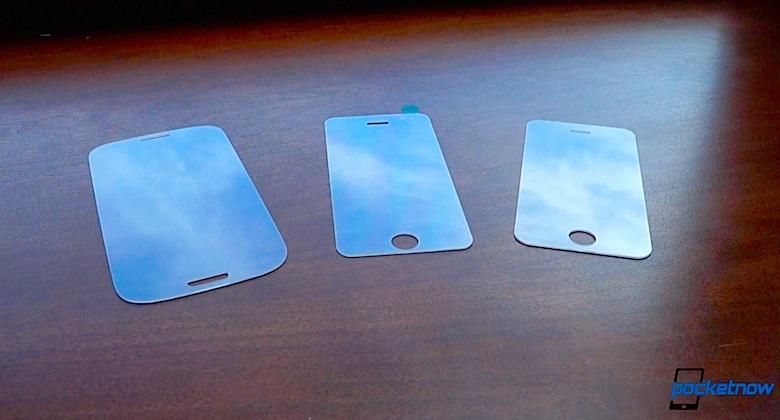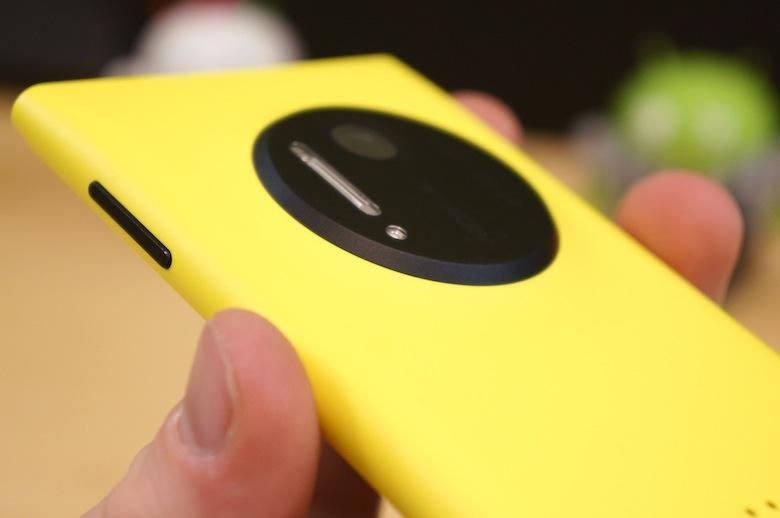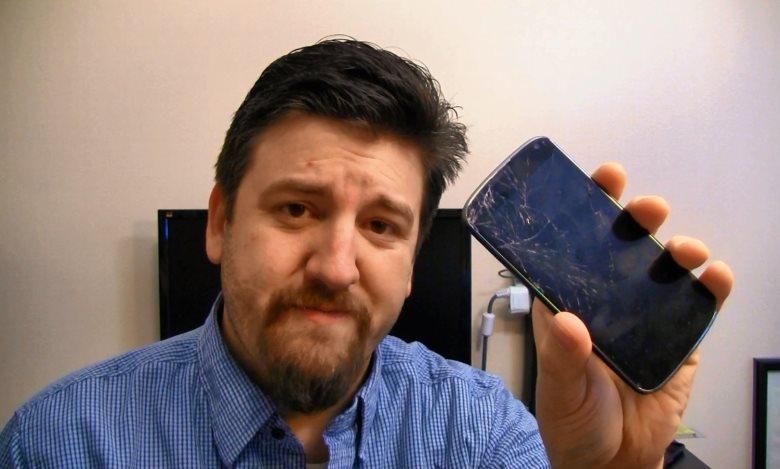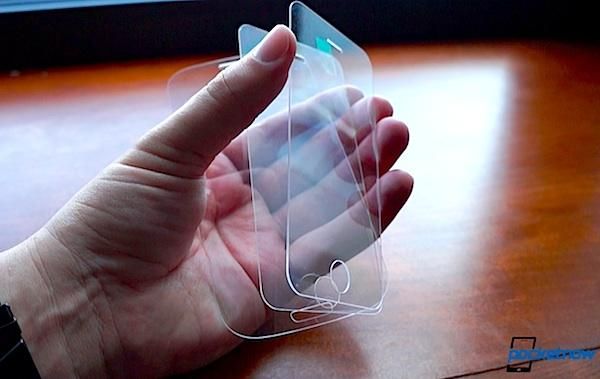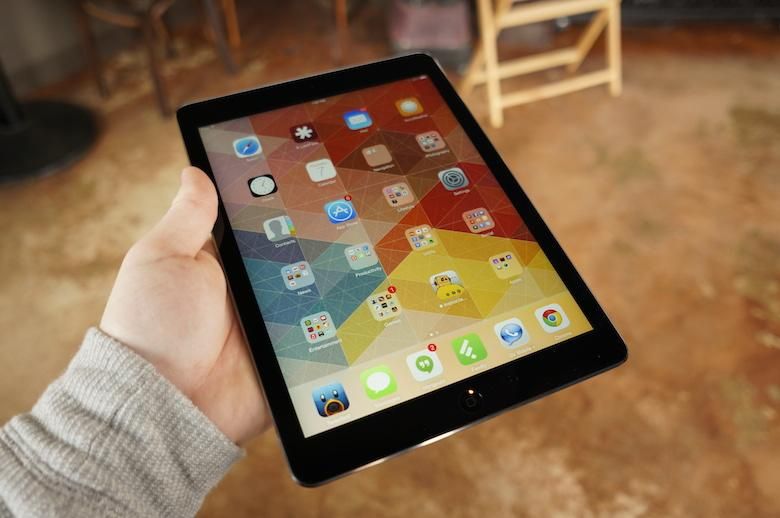Last Friday, I published the most recent iteration of our Durability Report series, where we take a phone we’ve carried for months on end and provide an update on how it’s handled the abuse of the daily grind throughout our use.
While the Moto X has proved rather resilient, even through some drops on hardwood and concrete, some damage is inevitable.
Whether you drop your phone, toss it on tables, place it in the same pocket as something such as keys or change, or even if you handle it with the utmost care, tiny dings, nicks, and scratches will ultimately appear over time. Some of us avoid it like the plague for as long as possible. Others pay no attention to normal wear and tear. And then there’s the middle ground – people who avoid it for some time, then give up once a scratch or two occurs.
I used to be the first type, who obsessed over scratches and dings. I – literally – would sell a phone and buy another at a net loss if I scratched my phone in any way. The slightest hint of a blemish was enough to drive me insane.
Once the rate at which I switch, upgrade, and even review smartphones increased, however, my OCD towards keeping a phone in pristine condition subsided. Now I’m more of the latter type of person. I don’t toss my phone around without any sort of care, and I do everything in my power not to drop a phone, but I don’t gently place it on surfaces or go out of my way to make sure it doesn’t suffer the tiniest scratch. And once the first scratch or blemish appears, my handling of that particular device is far more relaxed.
Some companies have done their best to help mobile customers out by building and using much more resilient materials.
Samsung, for example, may use a polycarbonate with a gloss finish, but the rear panels – which undoubtedly take the brunt of the beating – can easily and affordably be replaced at any given time. In 2012, HTC adopted one of our favorite materials, one which Nokia has been using for some time, as well: thick, sturdy, matte-finished polycarbonate. This can be found on devices such as the HTC One X, Lumia 900, 1020, and 1520. Apple, HTC, and a handful of other OEMs have incorporated anodized aluminum in their phones. And Motorola adopted Kevlar in the making of its DROID RAZR line.
But let’s be honest. The frame and housing of our smartphones are the least of our worries. Those may get mangled and chewed up in a drop, but typically bounce off the ground and keep the internals ticking without skipping a beat.
The Achilles’ heel of modern smartphones is till the single most rigid and fragile component: the glass covering the display. The display itself is a relatively fragile component, too. But of all the individual components which make up a smartphone, the glass is what usually takes the toughest beating.
Fortunately, there are companies like Corning, makers of the much-adored Gorilla Glass which can be found in many phones today.
Corning has been in the business of extra resilient glass for years now, and its products have only gotten better. over time Its glass, as confirmed by my carelessness and the slippery fingers of hundreds of thousands around the globe, is extra resilient.
Still, hundreds – maybe even thousands – of phones fall victim to shattered glass each and every day. And it’s not impervious to scratches either, as there are plenty of harder materials on this planet.
That’s where the use of sapphire comes into play.
Rumor has it, Apple’s next iPhone will come equipped with a sapphire cover over the display. And at MWC last year, Michael and Tony were given a demonstration of sapphire in action against some concrete. The chunk of concrete was rubbed back and forth against the sapphire screen. A wipe of the cloth revealed not a single scratch, and there’s a reason for that. Sapphire is the second-hardest material on the planet and can only be scratched by materials as hard or harder (read: other sapphires or diamonds).
Other mobile manufacturers are likely to adopt sapphire screens, as well, as the price continues to drop. When our own Michael Fisher visited the GT Advanced Technologys factory where synthetic sapphire and, likewise, sapphire smartphone screens are made, we learned that the major hurdle with sapphire screens is nothing more than price. Where Gorilla Glass screens are roughly $3 per smartphone, sapphire screens were about $30 per smartphone a little over a year ago. At the time of the video, the price had halved, and there was a target of $10 per smartphone within a few months.
Enter the great debate: fracture strength.
We know sapphire is an extremely hard material. Gorilla Glass, on the other hand, has more flex to it. And we all know more rigid materials are typically more brittle. However, a TechCrunch piece on Apple purchasing $578 million in sapphire quotes Matthew Hall, Alfred University’s Director of the Center for Advanced Ceramic Technology at the Kazuo Inamori School of Engineering, who says, “The fracture toughness of sapphire should be around 4 times greater than Gorilla Glass – about 3 MPa-m0.5 versus 0.7 MPa-m0.5, respectively.”
Yet a test directly from Corning conflicts with Hall’s statement. Corning appears to have performed the same simulated “life test” on both a piece of Gorilla Glass and an identical-sized 1mm-thick piece of sapphire. Taking into consideration that this is an in-house test from a company wanting to promote the resilience of its world renowned product, the sapphire panel broke under the ring on ring test at about less than half the force – 161lbs versus the 436lbs applied to Gorilla Glass, which remained intact.
So we’re left with conflicting reports on two technologies which promise the seemingly impossible – shatter-proof, scratch-proof screens. The questions is: which is more important for a smartphone, a scratch-proof or shatter-proof screen?
Both technologies have their flaws, and we will reserve our opinion on sapphire screens until we see built-in sapphire screens in real world action, not in aftermarket sapphire screen protectors or controlled tests performed by Corning. The true answer to the question – technologies aside – is entirely subjective.
My iPad Air screen scratched after days of use.
I, for one, lean towards the side of sapphire. I’ve handled countless Gorilla Glass-equipped smartphones, which scratched within days of use, and there are few things which bother me as much as a hairline scratch across the display.
My Lumia 1020, which comes with Gorilla Glass 3, is absolutely littered with nasty scratches covering the entire display.
In that same vein, I can’t remember the last time I dropped a smartphone, tablet, or any piece of technology (except my poor, poor MacBook Pro with Retina display when the strap on my book bag broke). I have a clean track record of never having shattered a display. Ever. And if I did, I would simply pony up and replace the glass. Tiny, hairline scratches, however, are hardly cause to replace the glass. Yet they’re still insanely annoying.
So given the choice, I’ll go for sapphire screens over Gorilla Glass, provided they’re not unbelievably brittle.
What say you, ladies and gents? Will you prefer a shatter-proof or scratch-proof screen in your future smartphone purchases? Explain your stance in the comments below!

